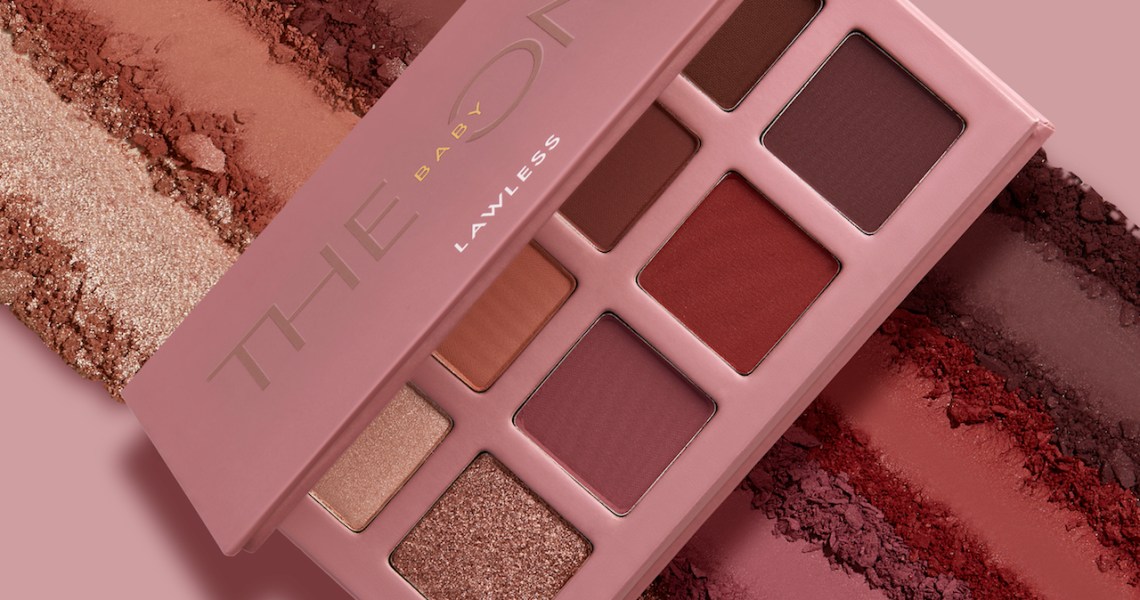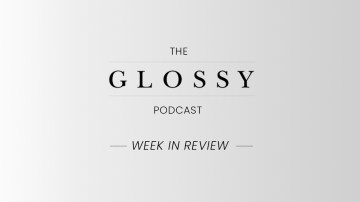While overall makeup spending has been in decline in North America, not all brands have been equally affected.
Three-year-old clean color cosmetics brand Lawless Beauty, for example, has seen overall sales double for the year ending in October 2020. It joins a group of startups continuing to see growth even as established makeup brands falter. L’Oréal’s consumer products category, for example, saw a 6.2% global decline for the year ending September 30, driven by “sluggish” makeup sales in North America. NPD Group found that overall prestige U.S. beauty products saw a 17% decline in the third quarter.
The brand’s CEO Annie Lawless attributes growth to new product launches in trendy categories such as makeup with skin-care ingredients, as well as to shifting its investment to DTC e-commerce. After receiving $5 million in venture funding from Cult Capital in 2019, it has focused on digital hires, with a new director of consumer and digital marketing role, along with a new president, a new head of branding and design, and a new digital agency.
The brand’s main challenge has been to adapt to the foot traffic decline at its largest retail partner, Sephora. Prior to the pandemic, 70% of Lawless Beauty’s sales had come from brick-and-mortar.
“Back in March, when [Sephora’s] doors closed, that was a big portion of our sales that we were no longer receiving,” said Lawless. “A lot of our growth in brick-and-mortar business and a lot of the foot traffic that was going into stores has transitioned to dot-com.”
“With the pandemic, now that people are buying online, they’re more incentivized to come to our site because they’re not going into Sephora anymore,” she said. As a result, the brand has invested more in its DTC site content, including before-and-after photos, video tutorials, and exclusive products and discounts. Lawless said that shipping logistics are also a major focus; the brand currently offers free shipping on $40 purchases through its site. “We’re looking at a lot of different ways to lower the spend threshold to get free shipping,” she said.
The brand has focused on Instagram as its main social channel, doubling its follower size since January, with most of that growth happening since the pandemic began. Lawless, who has over 200,000 followers on her personal Instagram account, has driven followers to the brand’s account — especially through posts about the recent birth of her baby, Daisy. In tandem, she launched a new Baby Collection that includes an eyeshadow palette, lipstick and lip gloss, and kicked off a partnership with maternal health charity Every Mother Counts.
“We pivoted our digital strategy, and we focused on trying different styles of ads and hitting at different points of the funnel,” said Lawless. She noted that ads have been concentrated on Instagram with a focus on brand awareness.
In addition to tapping into the growing trend of clean beauty appealing to pregnant and nursing millennial moms, with Lawless’s baby collection, the brand has benefited from other rising beauty trends. These include an emphasis on talc-free products and the rise of skin-care ingredients in makeup products. The latter has helped the brand stave off declines, as the skin-care category remains more resilient than makeup.
“People are more health conscious,” said Lawless. “Clean skin care, for example, took off and has been such a booming category for the last several years. But people don’t think of their makeup the same way. Even the clean skin-care customer would still be buying conventional makeup, putting the same ingredients she’s trying to avoid in skin care back on her skin five minutes later, with her makeup.”
She said the brand’s newly launched priming serum, which serves as a bridge between makeup and skin care, has been a success story with sales performance exceeding projections. As a follow-up, Lawless Beauty is launching a biodegradable glitter made of plant-based cellulose on November 30 as part of its holiday campaign. In 2021, it plans to branch into more makeup categories.




